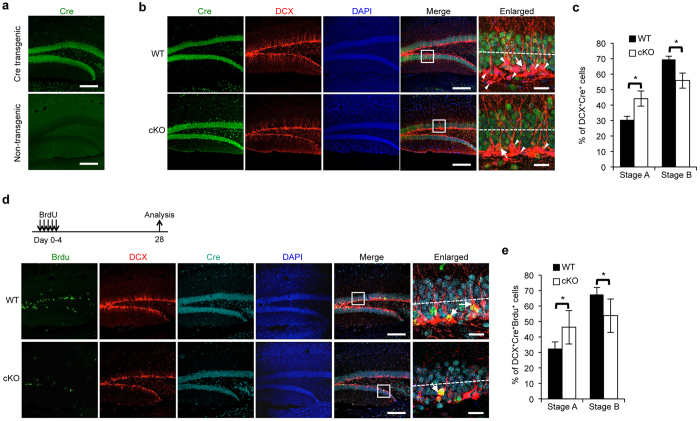Figure 6. Lack of BCAS2 interrupts dendrite development in newborn neurons in DG.
(a) IFA analysis of Cre expression. Sections of 40 μm from the DG of both CaMKIIα-iCre transgenic mice (upper) and non-transgenic mice lacking Cre gene (lower) were examined with anti-Cre antibody. Scale bar: 200 μm. (b) cKO mice show poor dendrite development in immature neurons. The 40 μm vibratome sections were immunostained with anti-DCX antibody and anti-Cre antibodies for each genotype at 6 weeks of age and counter-stained with DAPI (blue). White arrow: DCX+Cre+ immature neurons with longer primary dendrites in WT mice. White arrowhead: DCX+Cre− immature neurons. Dotted line: line marking the middle of the granule cell layer (GL). Scale bars, 200 μm in Cre, DCX, DAPI and Merge panels; and 20 μm in enlarged panel. (c) Quantification of the percentage of each stage per 300 DCX+Cre+ cells from 3 mice of each genotype. Stage A: the axis of the newborn neurons is parallel to the GL or perpendicular to the GL with short processes. The length of the process should be less than half of the GL indicated by the dotted line. Stage B: newborn neurons with longer processes than neurons in stage A. The extended process should pass the middle of the GL and approach the molecular layer. (d) cKO mice show poor dendrite development in newborn neurons. Six-week-old mice of each genotype were injected with BrdU for five days and examined using IFA analysis of newborn neurons immunostained with anti-DCX, anti-Cre, anti-BrdU and counter-stained with DAPI (blue) on day 28 (upper). Representative images of DCX+Cre+BrdU+ triple positive cells by confocal microscopy (lower). Dotted line: line marking the middle of the GL. White arrow: DCX+Cre+BrdU+. Scale bars, 200 μm in Cre, DCX, DAPI and Merge panels; and 20 μm in enlarged panel. (e) Quantification of the percentage of each stage per 50 DCX+Cre+BrdU+ cells. The data are shown as the mean ± S.D. and analyzed by a two-tailed Student’s t-test.

